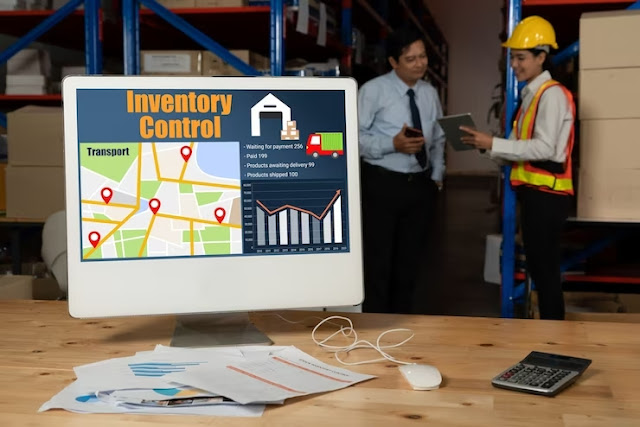Navigating Congestion: Strategies for Efficient Traffic Management Planning
In today's fast-paced world, traffic congestion has become a ubiquitous problem in urban areas. The ever-increasing number of vehicles on the roads, coupled with limited infrastructure development, has resulted in frustratingly slow commutes, wasted fuel, and detrimental environmental effects.
However, with effective best traffic management planning in Melbourne, cities can mitigate congestion and improve overall transportation efficiency. In this blog, we will explore various strategies and technologies that can be employed to tackle congestion head-on.
Emphasise Public Transportation
One of the most effective ways to alleviate congestion is by encouraging the use of public transportation. Investments in efficient and reliable public transit systems can provide a viable alternative to private vehicles.
Cities can implement measures such as dedicated bus lanes, priority signalling, and integrated ticketing systems to make public transport more appealing to commuters. Additionally, promoting non-motorised transportation options like cycling and walking can further reduce traffic volume.
Implement Intelligent Transportation Systems (ITS)
Intelligent Transportation Systems (ITS) leverage advanced technologies to optimise traffic flow and reduce congestion. These systems employ real-time data collection, analysis, and dissemination to enable better decision-making.
Traffic signal synchronisation, adaptive traffic control systems, and dynamic route guidance are examples of ITS applications. By dynamically adjusting signal timings and providing alternate routes, ITS can help distribute traffic more evenly, thereby reducing bottlenecks and congestion hotspots.
Introduce Congestion Pricing
Congestion pricing is a market-based approach to managing traffic management planning Melbourne demand. It involves charging drivers a fee for using certain roadways or entering specific zones during peak hours. By varying the pricing based on the level of congestion, cities can encourage drivers to consider alternative travel times or modes of transportation. Several cities around the world have successfully implemented congestion pricing schemes, leading to reduced traffic volumes and improved air quality.
Promote Ridesharing and Carpooling
Ridesharing and carpooling initiatives can significantly reduce the number of vehicles on the road. By encouraging people to share rides, cities can make more efficient use of existing transportation infrastructure. Government incentives, dedicated carpool lanes, and user-friendly ridesharing platforms can facilitate the adoption of these practices. Employers can also play a role by offering flexible work schedules or telecommuting options, reducing the number of vehicles during peak travel times.
Invest in Infrastructure and Expand Capacity
Expanding and improving road infrastructure is a long-term solution to congestion. Strategic planning and investment in new roads, bridges, and tunnels can help alleviate traffic bottlenecks. Additionally, the development of smart cities with integrated transportation systems can optimise traffic management.
However, it's crucial to strike a balance between expanding capacity and promoting sustainable modes of transportation to avoid inducing more car-dependent travel.
Conclusion
Congestion on our roads is a complex problem, but with a comprehensive and multi-faceted approach, cities can navigate through it more efficiently.
It is crucial for governments, urban planners, and citizens to collaborate and prioritise traffic management planning Melbourne strategies to build cities that are resilient, interconnected, and free from the clutches of congestion. Together, we can pave the way for a smoother and more efficient future of transportation.
Source By: Navigating Congestion: Strategies for Efficient Traffic Management Planning



Comments
Post a Comment